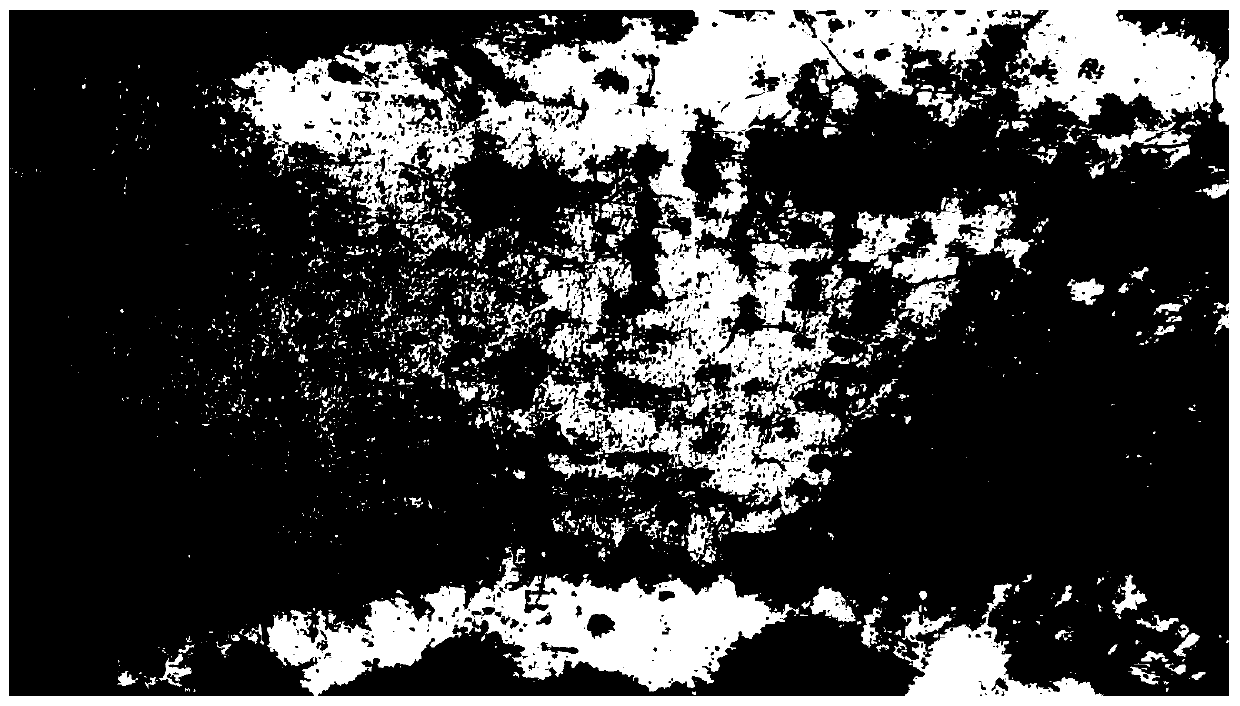Transformation method of island eucalyptus forest
A technology of eucalyptus forests and islands, which is applied in the field of transformation of eucalyptus forests on islands, can solve problems such as being vulnerable to pests and diseases, difficult to restore, and easy to destroy habitats, so as to increase vegetation coverage and biomass, increase biodiversity, The effect of increasing vegetation coverage
- Summary
- Abstract
- Description
- Claims
- Application Information
AI Technical Summary
Problems solved by technology
Method used
Image
Examples
Embodiment 1
[0028] 1. Experimental method
[0029] (1) In 2010, an artificial eucalyptus forest was planted on the western slope of the central part of the delta island (the distance between plants and rows was 3m×2m).
[0030] (2) Seedling cultivation: The forest farm purchased 1-year-old seedlings of restored species, including: Liquidambarformosana Hance, Celtis sinensis Pers., Acacia confusa Merr., Schefflera octophylla (Lour .) Harms), Bauhinia purpurea L., Acacia podalyriifolia, Codiaeum variegatum (L.) A. Juss., Pandanus tectorius Sol.
[0031] (3) Transplanting: Make a border in the middle of the rows of two eucalyptus trees (length × width × height is 0.5m × 0.5m × 0.5m), randomly plant a recovery tree seedling (550 in total), and put the seedling into the pit Li, and cover the soil, and add nutrient soil, the ratio of 1:1. After planting, press the surface soil of all the seedlings firmly, which is conducive to fixing the seedlings and soil moisture. The transplanting time is ...
PUM
 Login to View More
Login to View More Abstract
Description
Claims
Application Information
 Login to View More
Login to View More - R&D
- Intellectual Property
- Life Sciences
- Materials
- Tech Scout
- Unparalleled Data Quality
- Higher Quality Content
- 60% Fewer Hallucinations
Browse by: Latest US Patents, China's latest patents, Technical Efficacy Thesaurus, Application Domain, Technology Topic, Popular Technical Reports.
© 2025 PatSnap. All rights reserved.Legal|Privacy policy|Modern Slavery Act Transparency Statement|Sitemap|About US| Contact US: help@patsnap.com



